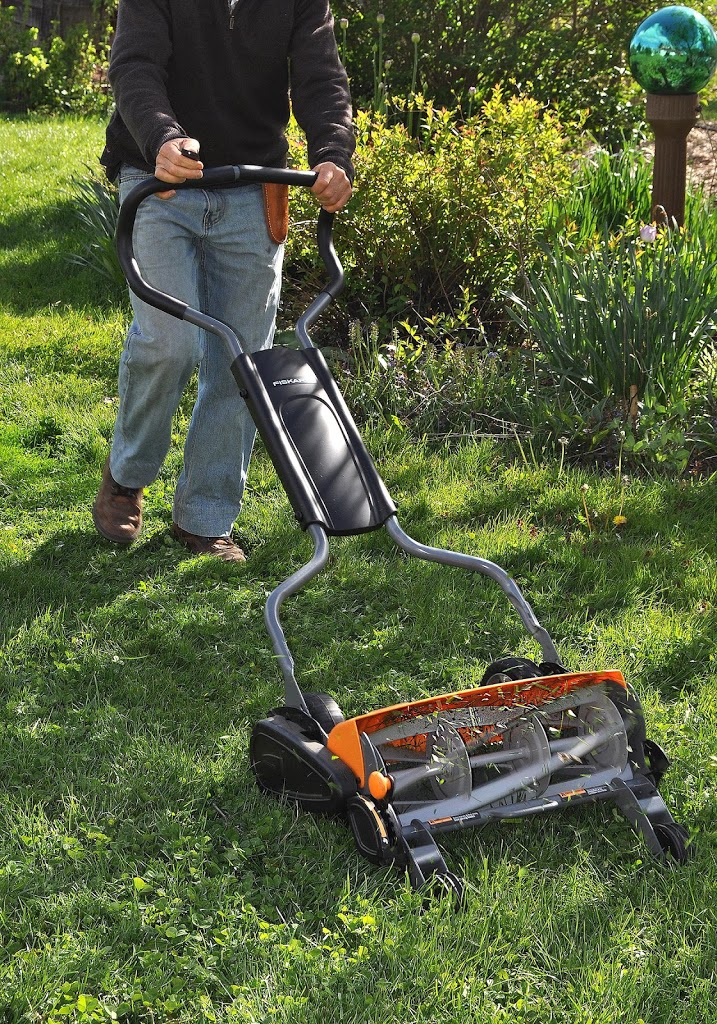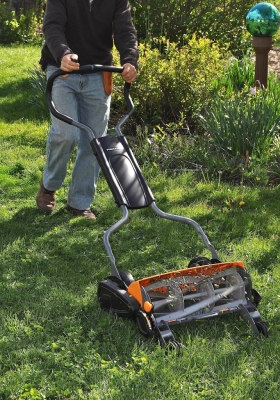MIX POTTING MIX
Coconutty Coir
For a couple of years, a block of coir has sat atop my bale of peat moss.
Peat moss, the product of slow, anaerobic decomposition of organic materials, accumulates, at a snail’s pace, in bogs: an inch or so depth per thousand years. To mine peat, the bog must be first drained. Besides upsetting bogs’ unique ecological habitats, draining the bogs aerates them, sending some of the carbon wafting into the air.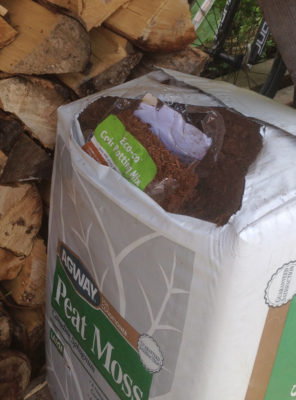
But peat is good stuff for potting mixes. My mixes are made up of equal parts peat moss, soil, compost, and perlite, along with sprinklings of soybean meal (for nitrogen) and kelp (for insurance against lack of any trace elements). Peat’s contribution to the mix is a long-lasting source of organic matter that helps cling to moisture and to nutrients, important in the relative confines of a flower pot.
Coir is marketed as a substitute for peat in potting mixes. A sustainable substitute, made from the fibre left around coconut husks after they’ve been cracked open to remove their meat.
This spring it was time to put that block of coir to the test, with a head to head comparison to peat. (I’ve tried this comparison before, but more casually.) The block, after slurping up a large volume of warm water, was ready to mix with the same ingredients as I mixed with the peat moss.
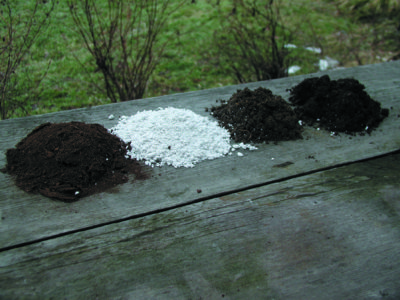
Some potting soil components
Both mixes went into their separately labelled , 5 gallon buckets. Each mix then was used to fill one-half of a few GrowEase Seed Starter Kits. Into one of the kits went lettuce seedlings, another got tomato seedlings, and a third got pepper seedlings. The 24 cells of each kit are automatically watered via a capillary mat that sits atop a water reservoir, providing very uniform moisture to all cells within a kit and from one kit to the next.
Peat, Coir Standoff
Drum roll . . . and the winner is . . . well, as I recently wrote, some of this year’s seedlings grew very poorly, perhaps, I’ve hypothesized, due to the soil I used, or the compost, both of which vary some from batch to batch. The overcast, cool conditions in the greenhouse during critical growth periods also could be to blame.
Differences in growth between coir and peat based mixes were not great, but tipped slightly in favor of the peat based mix. This, incidentally, jives with my previous, more casual observations. It also jives with more rigorously planned and executed, published research.
Coir Still in the Ring
The results of all this testing don’t spell continued destruction of peat bogs. Coir might still be a viable alternative.
Peat and coir are not the same material. I perhaps should not have used the same ratio for coir as I’ve long used for peat in my mix. There’s some evidence that coir, as it slowly decomposes in a potting mix, can suck up nitrogen at the expense of plants. If so, more soybean meal in my mix could solve that problem. Other nutrients, or lack thereof, could also come into play, as could anti-growth factors, such as phenolics, known to be present in coir.
More playing around is needed with coir.
Peat and Coir Substitutes
No need to put all our eggs in one coir basket. Other organic materials can and have fulfilled the niche of peat (and coir). And our culture has no lack of organic “waste” products. Composted bark has been used in commercial mixes for many years, as has sawdust. More exotic, around here, at least, would be rice hulls.
Home-grown and readily available “organics” for a potting mixes would be compost and leaf mold, both of which I’ve used in rougher mixes, such as for temporarily repotting small trees.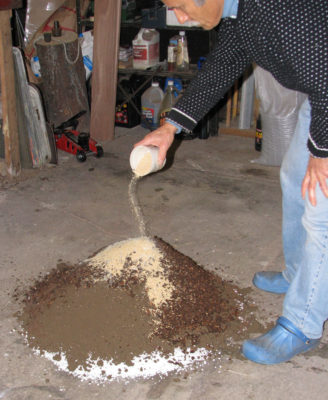
The point is that any of these organic materials, including coir, could make a good potting mix if ratios and amounts of other materials are adjusted accordingly.
Gardening (and farming) should be, and could be, sustainable; even the potting mixes used to raise seedling or grow potted plants.
Now Perlite, Hmmmm
The other major component of any potting mix is some aggregate, for providing good drainage. My mixes use perlite. Not sustainable. More on that another time.

